Ride.
The Atlantic Highway Devon and Cornwall.
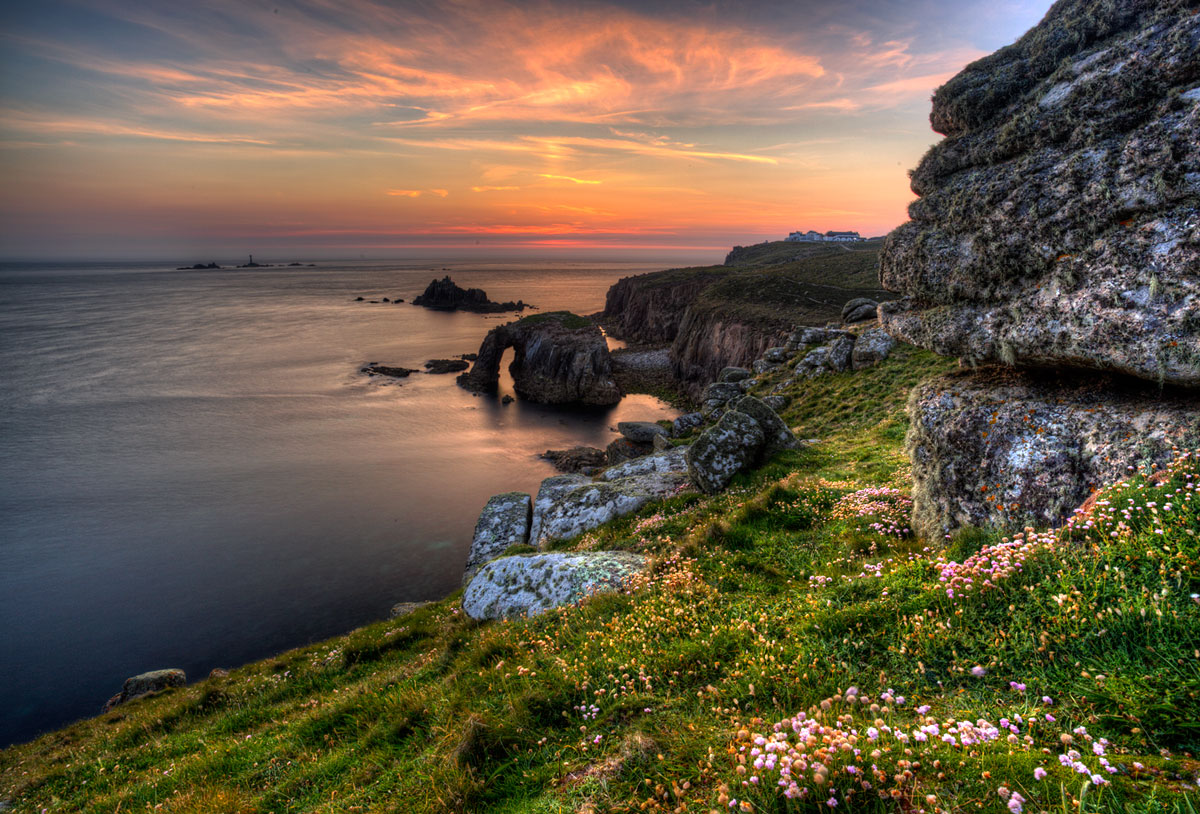
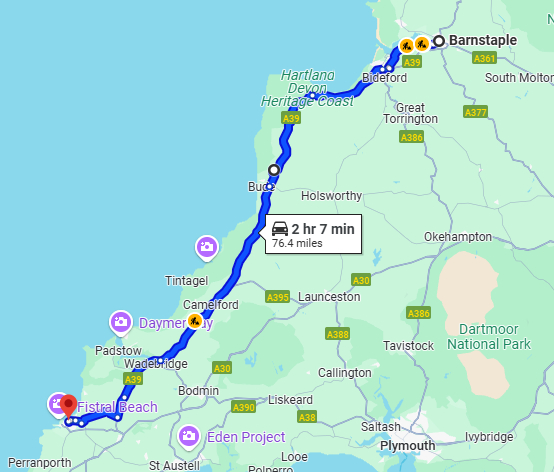
- Miles: 75
- Start: Newquay
- End: Barnstaple
- Time: 2 to 3 hours
- Suitability: all bikes and riders

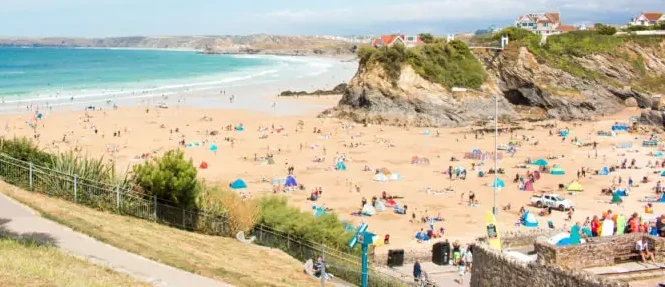
Newquay is a town on the north coast in Cornwall, England, United Kingdom. It is a civil parish, seaside resort, regional centre for aerospace industries with an airport and a spaceport, and a fishing port on the North Atlantic coast of Cornwall, approximately 12 miles (19 km) north of Truro and 20 miles (32 km) west of Bodmin.
The town is bounded to the south by the River Gannel and its associated salt marsh, and to the north-east by the Porth Valley. The western edge of the town meets the Atlantic at Fistral Bay. The town has been expanding inland (south) since the former fishing village of New Quay began to grow in the second half of the nineteenth century.
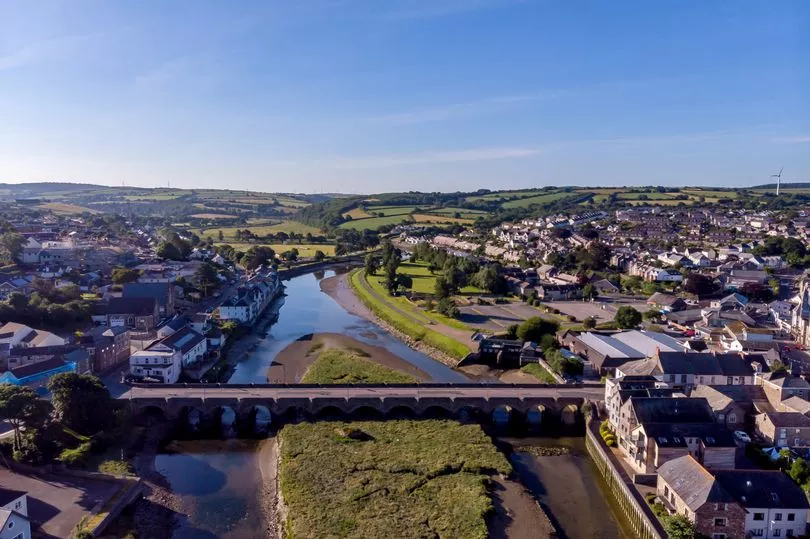
Wadebridge is a town and civil parish in north Cornwall, England, United Kingdom. The town straddles the River Camel five miles (eight kilometres) upstream from Padstow.
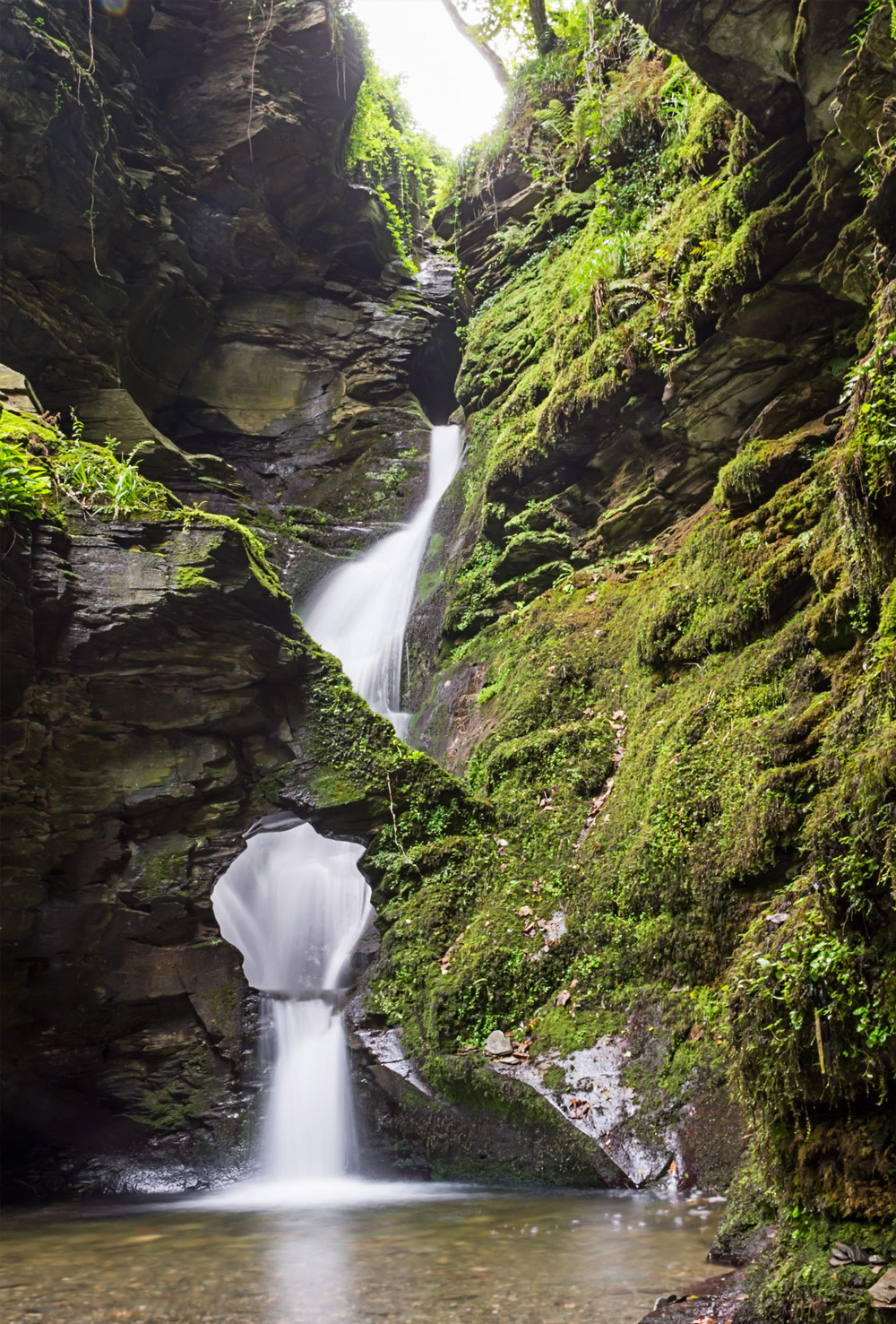
Saint Nectan’s Glen is an area of woodland in Trethevy near Tintagel, north Cornwall, stretching for around one mile along both banks of the Trevillet River. The glen’s most prominent feature is St Nectan’s Kieve, a spectacular sixty foot waterfall through a hole in the rocks. The site attracts tourists who believe it to be “one of the UK’s most spiritual sites,” and tie or place ribbons, crystals, photographs, small piles of flat stones and other materials near the waterfall.
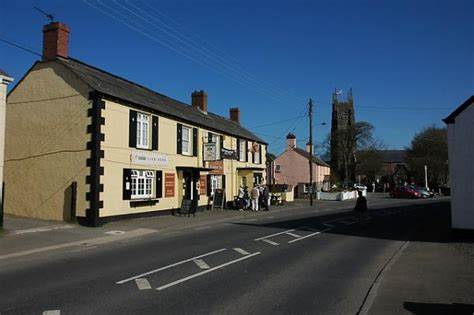
Kilkhampton is a village and civil parish in northeast Cornwall, England, United Kingdom. The village is on the A39 about four miles (6 km) north-northeast of Bude.
Kilkhampton was mentioned in the Domesday Book as “Chilchetone”.
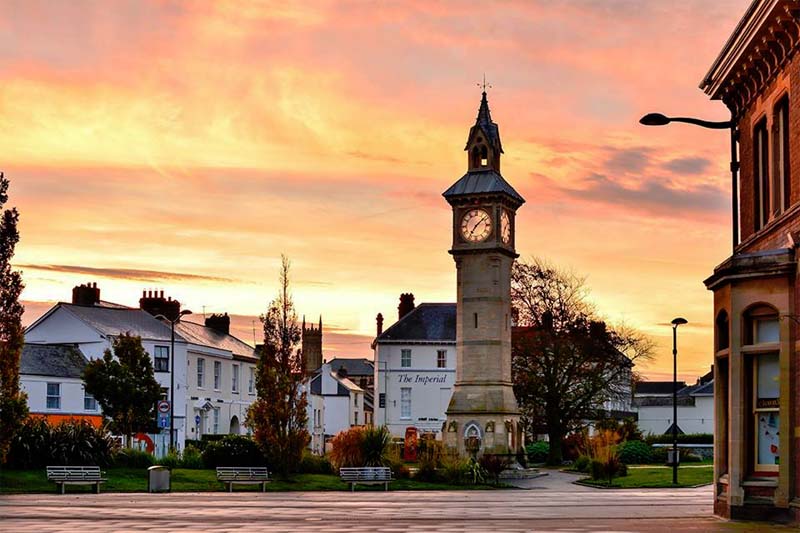
Barnstaple is a river-port town and civil parish in the North Devon district of Devon, England. The town lies at the River Taw’s lowest crossing point before the Bristol Channel. From the 14th century, it was licensed to export wool from which it earned great wealth. Later it imported Irish wool, but its harbour silted up and other trades developed such as shipbuilding, foundries and sawmills. A Victorian market building survives, with a high glass and timber roof on iron columns.
